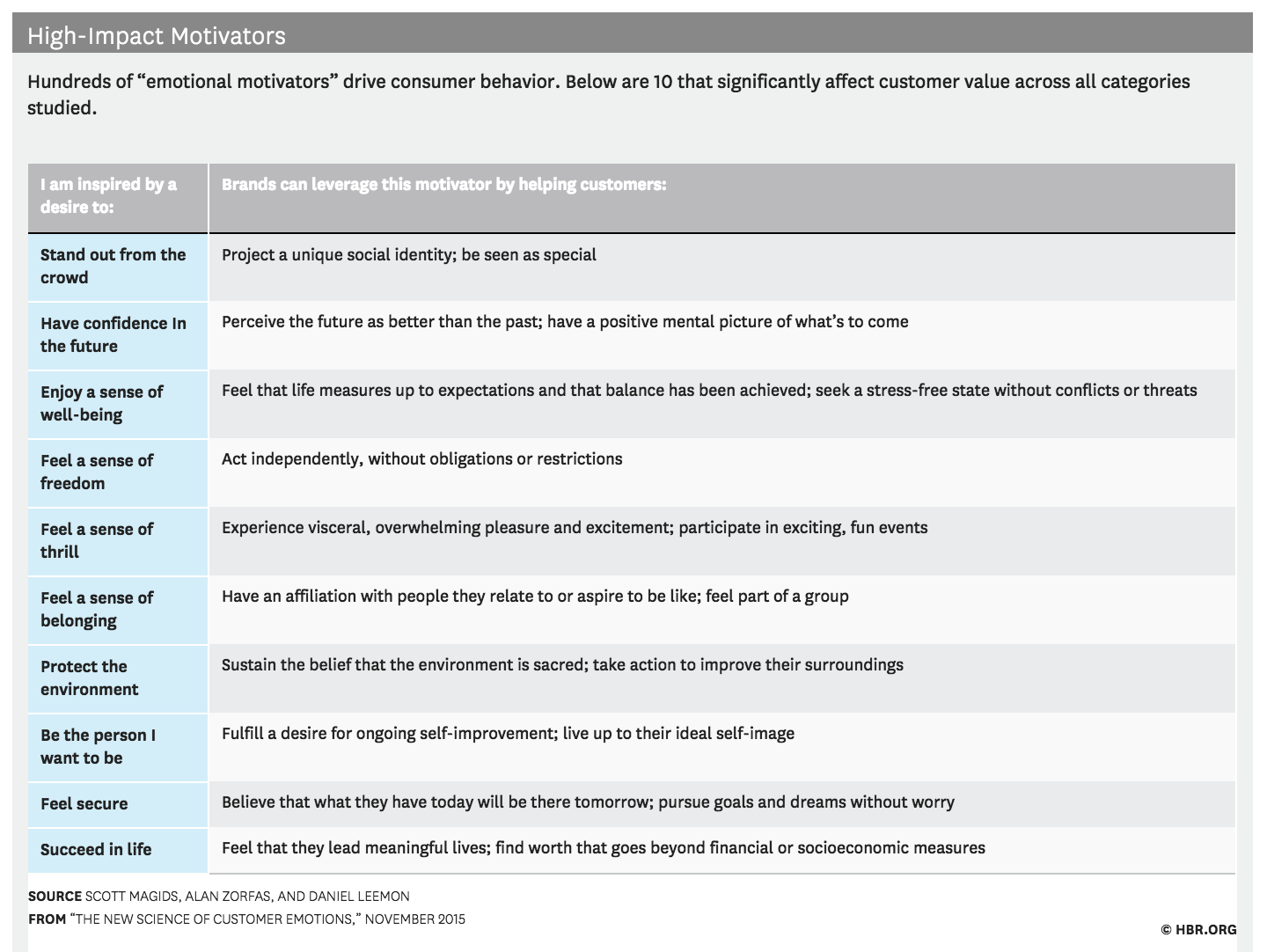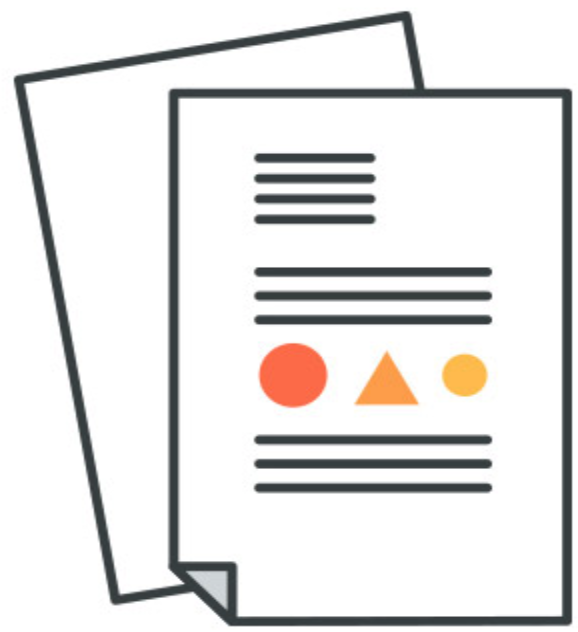Picture a bucket with several holes in its wall. Now imagine that a hose is filling the bucket with water. The bucket represents your business, the water going into the bucket represents new customers acquired, and the water flowing out of the bucket symbolizes customers lost. In this analogy - the Leaky Bucket Theory - the total amount of water in the bucket represents the number of your current customers.
As you can see, there is a constant flow of new customers and a consistent loss of existing customers with your total number of customers varying. To keep your bucket full, you have two options. One, you can increase the total number of acquired customers and keep water coming into your bucket at a faster rate than it is pouring out. Or two, you can aim to plug some of the holes in your bucket to focus on customer retention.
This theory is an excellent analogy for understanding the challenges that businesses face when determining their marketing expenditures and how to utilize resources for acquisition versus retention. According to Truelist, repeat customer statistics show that 80% of revenue comes from 20% of repeat customers while 80% of one-time customers deliver only 20% of revenue. Tried and true, prioritizing customer retention is the cost-effective way to keep your bucket full. By the end of this blog, you’ll have a firm grasp of how you can craft your own customer retention strategy to keep your bucket full of happy customers.

What is a customer retention strategy? And why is it so important?
By definition, customer retention is a metric that measures customer loyalty, or the ability of an organization to keep its customers over time. In addition to identifying the number of loyal customers, customer retention can forecast customer satisfaction, repurchase behavior, engagement, and emotional ties to a brand. Customer retention strategies are the processes and initiatives that businesses put into place to build customer loyalty and improve customer lifetime value.
Reve Chat captures customer retention well…
Customer retention is a blend of art and science. The art is to create & foster significant customer relationships by investing in extra efforts to go above and beyond your customer expectations. The science behind customer retention is understanding their journey, ensuring consistent assistance from all touchpoints, and equipping your team with tools to deliver an extraordinary customer experience (CX).
Customer retention is important because it increases your sales. According to HubSpot, a 5% increase in customer retention can increase revenue by 25-95%. Acquiring new customers is costly and requires a multitude of resources. Focusing your energy on the satisfaction of your current customers reduces effort and scales your revenue. Keep reading to see the top customer retention strategies, and how you can create a victorious customer retention plan.
How to create a customer retention strategy
There are a few questions to keep in mind when creating your customer retention plan. Ask yourself:
- Who is your current audience and what do they need?
- Why did they choose you over competitors?
- What works well in your current customer journey?
- What could you do to offer a better experience?
Knowing who your customers are and what they expect from your business plays a huge role in keeping them satisfied. Without determining this, it runs the risk of completely missing the mark or putting emphasis on things customers don’t really care about. The results of creating a positive customer service experience are profound. Consumers are more confident about doing business with your brand, are more likely to be loyal longer, and are more prone to recommend you to friends and family - turning them into brand ambassadors.
A positive customer experience created with customer retention in mind is essential to the growth of any business. Let’s discuss a few strategies that will bring success!

8 key customer retention strategies to grow your brand
1. Track and analyze churn metrics
Churn analytics is the process of measuring the rate at which customers quit a product, site, or service. Churn metrics provide valuable insights into when and why customers are leaving. Effectively tracking churn rate is the first step to reducing churn issues.
The churn rate formula is: (Lost Customers ÷ Total Customers at the Start of Time Period) x 100. For example, if your business had 250 customers at the beginning of the month and lost 10 customers by the end, you would divide 10 by 250. The answer is 0.04. You then multiply 0.04 by 100, resulting in a 4% monthly churn rate.
2. Initiate a customer feedback loop
It is essential to begin gathering consumer feedback before creating the customer feedback loop. A range of methods is available including surveys, live chats, social media, and email marketing. However, surveys are one of the best methods for gathering client feedback. To get an understanding of how your customers feel about your business, incorporate a customer feedback loop by gathering customer opinions, solving problems, testing new solutions, and circling back about your updates.
3. Create a CX critical care plan
A CX critical care plan is the data-backed strategy behind interactions between your business and your customers. Your customer journey roadmap can act as a guideline, but fully establishing your critical care plan will take customer experience to the next level. Its focal point should be to humanize your brand and generate positive, emotional connections with your customers through empathetic support.
4. Leverage personalization
According to Google, 61% of people expect brands to tailor experiences based on their preferences. Considering this expectation, if this is what the people want, this is what the people must get - or, they will find another business that provides that. Personalization is the holy grail of customer retention. It shows that you are listening, that you care, and that you are paying attention which will keep customers loyal.
5. Use experiences to elicit positive emotions
The more emotionally rich a brand or product’s mental image is, the more likely it is that a customer will make a purchase and stick with it. Hundreds of emotional motivators drive consumer behavior. Any business can start a disciplined process of learning about the emotional drivers of its customers, running trials to capitalize on those drivers, and scaling up. On the other end of the range, businesses can spend money on extensive research, big data analytics, or consulting with specialists. Maybe you offer a special discount in an order confirmation email that can be applied to future purchases and makes consumers pleasantly surprised. Maybe you create ads that are a bit more vulnerable than you typically publish. Maybe you give a free sample to all customers who purchase that month. The offerings don’t have to cut into your margins, but the payoff can be huge.

6. Offer support on the right platforms
It’s practically impossible to be consistent and active on every platform and it really isn’t needed. Narrowing down your networks to select platforms will allow you to focus your results on unique and engaging high-quality content that will yield the most results for your investments. Omnichannel support is recommended but not always needed or immediately attainable. You can find the right platform(s) for your business by identifying your audience, clearly defining your goals, and then being available when customers reach out to you. If you’re expanding your support across platforms, you’ll want to invest in superior customer support training.
7. Form a community around your product or service
It’s common knowledge that humans are social creatures who enjoy being deeply connected to others. If consumers can find a like-minded community within your business, it plants seeds of avid brand advocacy among your customer base and fosters lifelong loyalty. Which of these strategies for building a brand culture fit your business goals?
- Create a ‘secret language.’ This can involve a play on words, puns, or categorization that gently reminds customers they belong whenever they see it.
- Consider a brand ambassador program.
- Generate opportunities for connection through events or presentations.
- Set up online communities.
- Share team and client stories.
8. Invest in top-notch customer support
By providing top-notch customer service, businesses recoup customer acquisition costs and cultivate a loyal following that refers customers, serves as case studies, and provides testimonials and reviews. You may not have the resources to scale your customer support, and that’s alright. There are many benefits to outsourcing support such as lowering overhead costs, flexing and scaling as needed, booking more calls, and closing more deals with low risk.

How to calculate your customer retention rate
Customer retention rate measures the number of customers a company retains over a given period of time. Calculate retention rate with this formula: [(E-N)/S] x 100 = CRR.
Start with the number of customers at the end of the time period (E).
Subtract the number of new customers gained within the time period (N).
Divide the result by the number of customers at the beginning of the time period (S).
Multiply by 100.
Improve your customer retention with Influx
Increasing customer retention can be as simple as reaching out to Influx. We’ll arm you with the support you need to improve your retention rate and scale your business!

